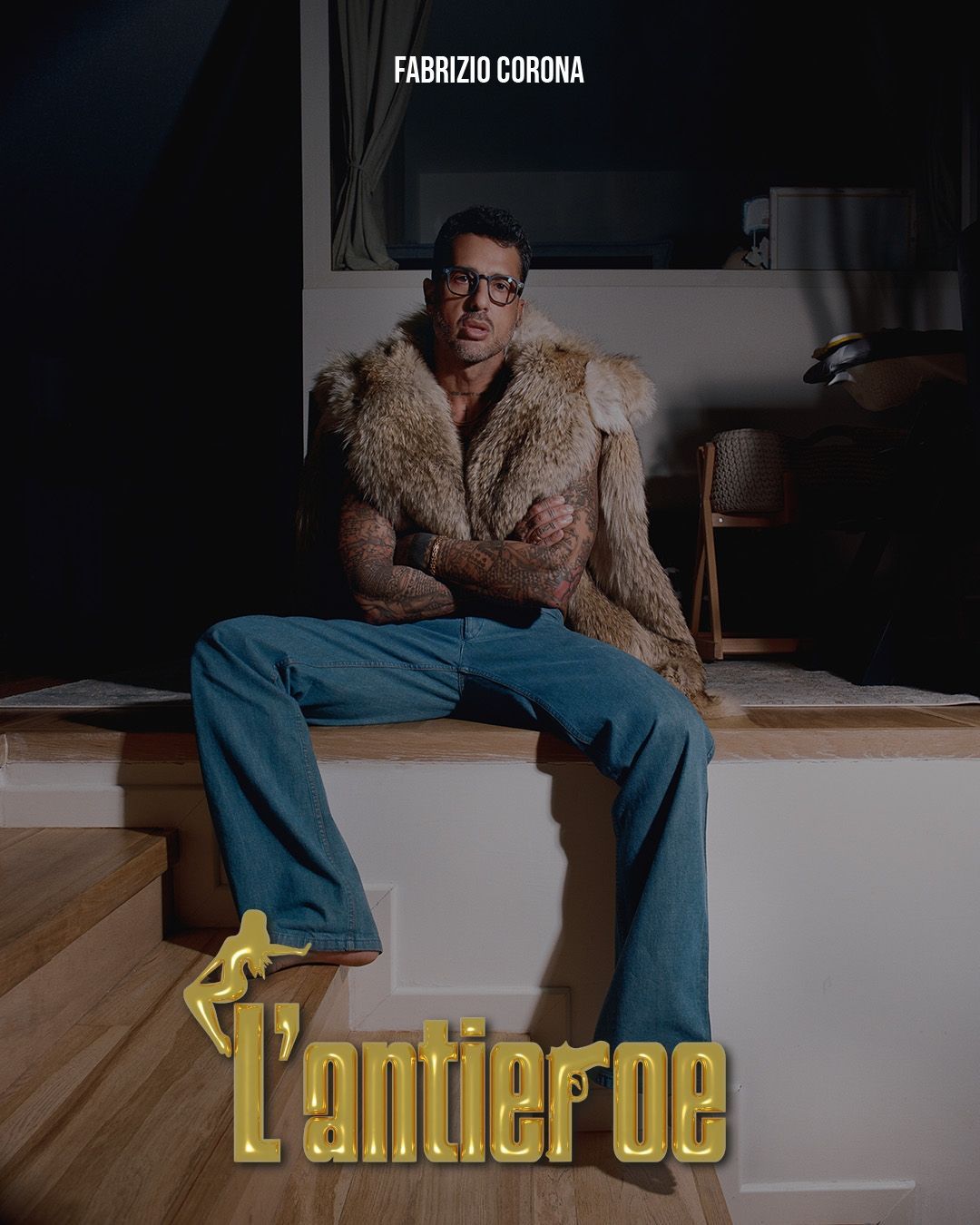
Is it possible to digitise Italian craftsmanship? Nine months after the establishment of the Made in Italy law, the sector continues to stagger on
This week in Rome, the Anti-Counterfeiting Week 2024 is taking place, an information event dedicated to the protection of the economy and consumers. One of the main topics addressed these days is the counterfeiting of luxury goods, a phenomenon that in 2024 has been influenced by the introduction of a new law to protect Made in Italy (for the protection and promotion of the intellectual and commercial property of Italian goods). The Ministry of Enterprises and Made in Italy reported that, according to a report presented by the National Council for the Fight Against Counterfeiting and Italian Sounding, nine months after the establishment of the law, there have been almost 9,000 seizures of counterfeit products, 354 websites dedicated to counterfeiting have been taken down, and in one hundred cases, the judicial authorities have destroyed the seized goods. Additionally, according to the new law, more than 2,000 fines have been issued this year. The protection of Made in Italy is a pressing issue in the fashion sector, which has been hit by several controversies over the past year: last spring, law enforcement placed some Italian brands under judicial administration for their involvement in various cases of illegal manufacturing, while this month the textile district of Prato (the largest in Europe) went on strike to protest against mistreatment and fake contracts. Adding to the legal issues faced by some of Italy's main production sites is the supply chain crisis affecting the entire country: according to an investigation by MF Fashion, all the problems related to Italian craftsmanship are leading the sector towards a general decline.
To restore the Italian production chain, the leading figures in the sector are looking to technology. As Carlo Capasa stated in an interview on our channels, Camera Moda will work on preserving Made in Italy through the «digitalization of craftsmanship, to create a strong environment for small businesses and strengthen the consortia». This transformation could also impact the counterfeit market, which, as the data presented at the Anti-Counterfeiting Week shows, has a significant impact on the reputation of Made in Italy as well as the country's economy. According to the report "State of the Fake 2024" by Entrupy, «Globalization has strengthened counterfeiting markets. Not only are operations improving, but the quality of counterfeit luxury goods is also increasing to the point that even experts are struggling to distinguish the real from the fake». The platform claims that AI-powered authentication tools can guarantee up to 99.1% accuracy thanks to the use of massive image databases.
In a strange turn of events, artificial intelligence is proving to be a huge help to the craftsmanship sector, which initially frowned upon the arrival of the new technology in the market. While not long ago it was thought that AI would steal jobs from creatives and the old industry, it is now proving to be an exceptional support in the fight against counterfeiting and illegality. And while discussions continue on the timeframes required for a complete «digitalization of Italian craftsmanship» (a task that, though optimistic, could prove rather challenging given the complexity and age of the Italian textile system), we are getting closer to the mandatory introduction of the Digital Product Passport (DPP) in Europe, set for 2030. One of the platforms that will gather all the digital documents linked to items sold in the EU will be the Aura Blockchain Consortium, the non-profit launched by luxury groups OTB, Prada, Cartier, and LVMH. Unless, of course, the dupe market manages to infiltrate even there.













































